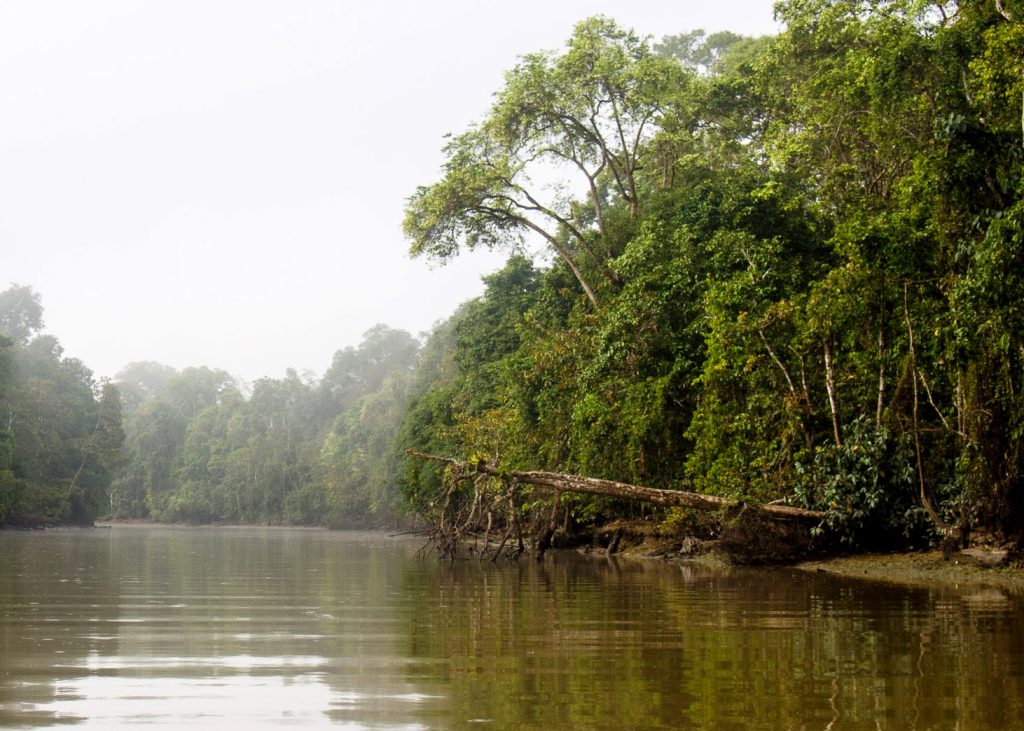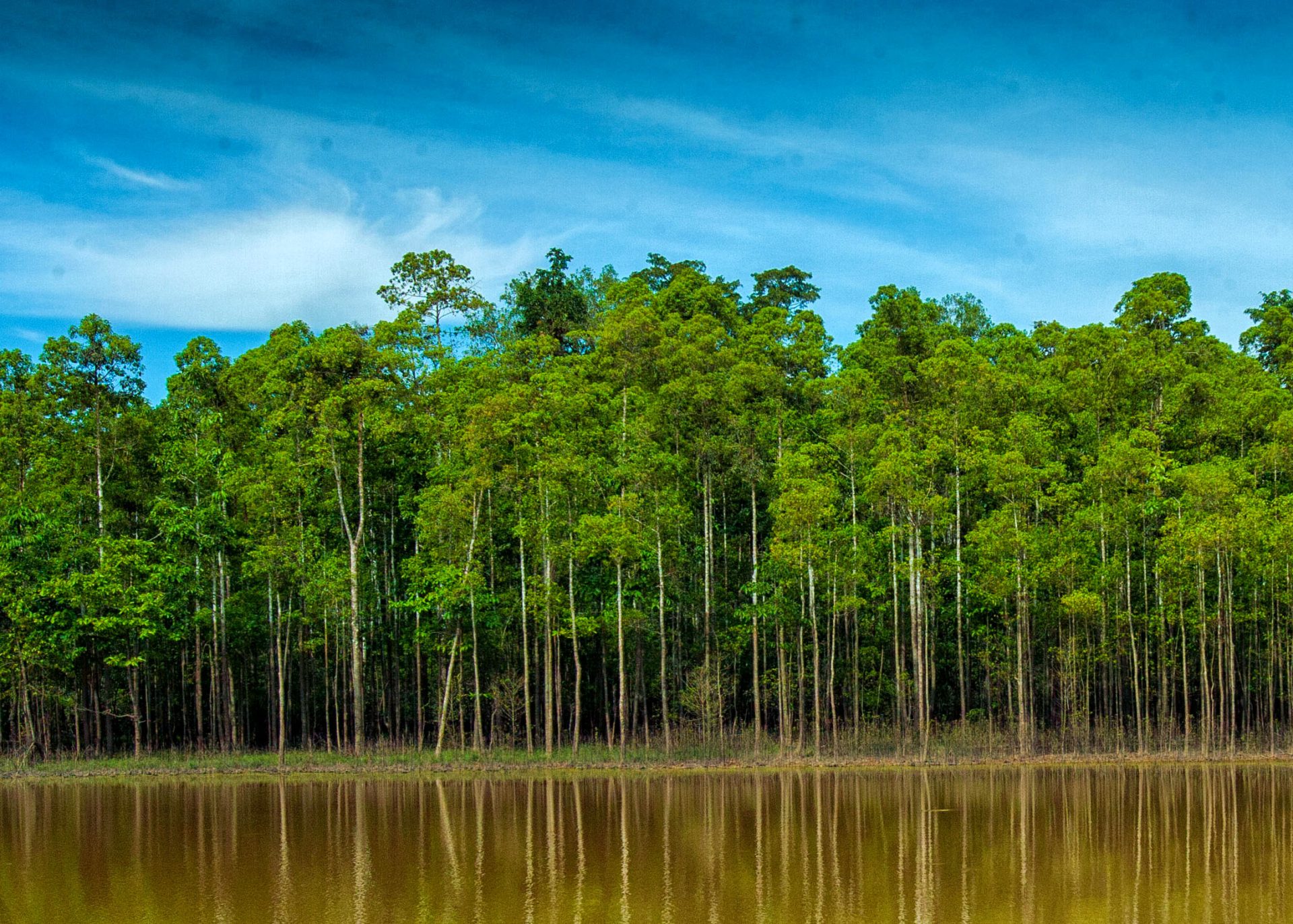Along the Kinabatangan River in Malaysian Borneo, a group of men and women has set about reforesting the region. First they clear the ground with machetes, then plant thousands of saplings that they will take care of over the next few years.
The collective, made up exclusively of local indigenous people, is part of Kopel, a cooperative that ran a sustainable tourism business in four villages in the province of Batu Puteh, Sabah region.
“When the work stopped, I joined the reforestation team to help my family economically,” said Nurul Susanti Nasir, who previously worked as a housekeeper with vacationing families, in a report on New Naratif. “I like working in the forest more because the reforestation work is more enjoyable”.
After months of hiatus due to the fear of contagion and the lack of funds generated by tourism, the residents of Batu Puteh have returned to plant trees to green the rainforest.
The region surrounding the Kinabatangan, the second longest river in the country, is rich in biodiversity. However, the province of Batu Puteh and the region of Sabah are also carpeted with fields for the cultivation of palm oil, representing six percent of world production.
According to data from Global Forest Watch, from 2001 to 2020, Malaysia lost a quarter of its herb cover, corresponding to two million hectares of forest, or 809 megatons of carbon dioxide, which is what it takes to load about 103 million of smartphone.
In the same period, the region around Kinabatangan lost 28 percent of its trees, or 190,000 hectares of rainforest. As a result, the orangutan population has shrunk by nearly a third.
Kopel tries to put a stop to all this.
The Australian Marti Vogel in 1995 collaborated with the local population so that they could benefit from the earnings given by the tourism sector. Vogel had worked for several agencies that brought vacationers to Sabah and Sarawak, but had noticed that the local communities never got rich.

In 1999, Kopel obtained funding to launch the first reforestation program. Since then 350 hectares of forest have been replanted and wooded corridors have been created linking the protected areas.
Before the pandemic, Kopel welcomed about 6,000 visitors every year. With COVID-19 everything came to a standstill, the staff of 40 people was halved to 20, funding began to decrease.
“Before the pandemic, our main business was tourism and our product was conservation,” said Saidal bin Udin, manager of Kopel, in New Naratif.
The reforestation program survived thanks to the collaboration with research institutions, which rely on the cooperative for their long experience in the field. Researchers monitor tree growth to calculate carbon sequestration, but it’s a complicated and time-consuming task, as carbon is sequestered both above and below the ground.
Amaziasizamoria Jumail, a researcher at the Danau Girang Field Center, said that “it is very important to work with communities, because in the end they are people who live in those forests and they know the species better than we do.
“In the end it’s about creating healthy forests, places that do good for animals, people and carbon.”







